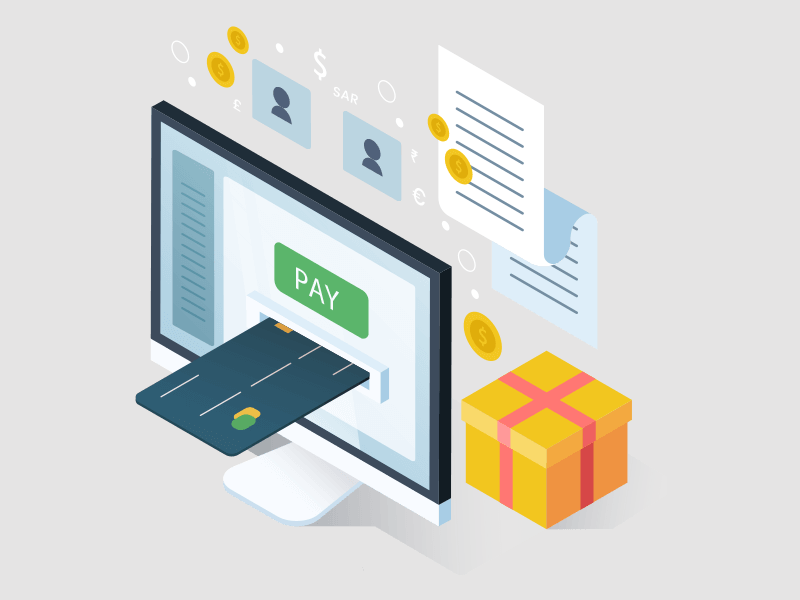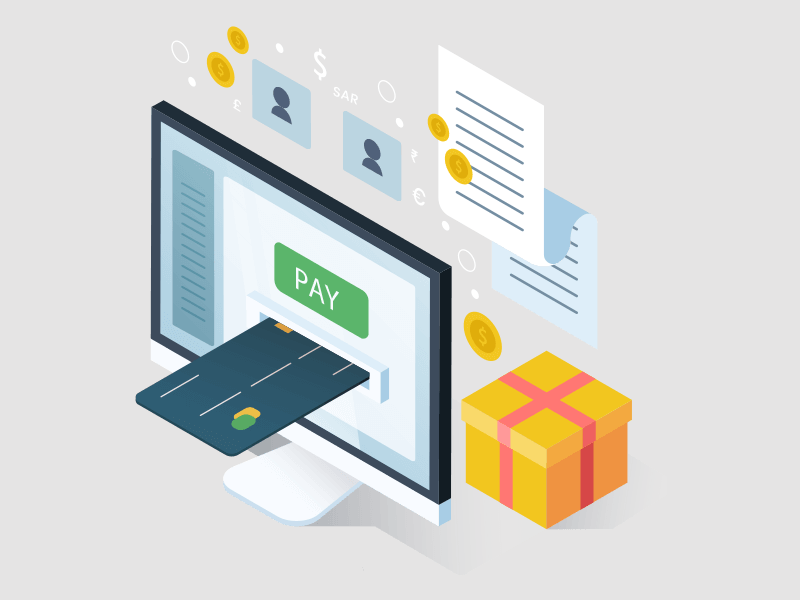How to compare payment gateways in Australia

Transferring money from your customer to your bank may seem simple, but there’s a lot going on behind the scenes. So how do you choose the right payment gateway for your business?
How to compare payment gateways in Australia
Payment gateways are a critical player in eCommerce. Not all payment gateways are the same so, when choosing a payment gateway for your business, you’ll want to compare security features, user experience and revenue opportunities before making a final decision.
So what is a payment gateway?
Simply put, payment gateways process money. When a customer fills in their credit card details on your website, your payment gateway provider moves the money from A (their bank account) to B (yours). They’re also responsible for approving the transaction and securely moving the payment through the process.
What customers want
Your customers probably don’t think about how the money moves. They just want the transaction to be quick and easy. The ‘tap and go’ way to shop is what customers expect, even online. Type in their card number, click buy and done.
Keep these customer needs in mind when choosing a payment gateway provider:
- Flexible payment options
- Fast and easy checkout
The payment options you offer are equally as important to your customers. Credit cards are one way to purchase online, but not everyone has a credit card. Take Millennials and Gen Z consumers as an example. Consumers from these generations use credit cards far less than their parents and instead favour other financing options, like buy now, pay later.
When researching payment gateway providers, look for one that allows for payment options that meet the needs of your consumers. Digital wallets and payment alternatives allowing customers to buy now, pay later reduces barriers and makes purchasing easy. Customers want easy.
What to look for when selecting a payment gateway
Choosing the best payment gateway for your business can be challenging. Start by comparing how each payment gateway benefits your customer, how they keep transactions secure, and how they can help you grow revenue.

A quick note on price
Price is always helpful when making a buying decision. But when it comes to comparing payment gateways, price should only be a minor factor in your decision-making process. Instead, consider the influence your payment gateway can have on the entire customer experience and your brand – and what that can mean for growth and profit overall.
So let’s dive into the most important payment gateway features to consider:
- The checkout experience
- Customer data insight
- Branding
- Security
- Integration with your eCommerce platform
1. The Checkout experience
When your customer is ready to complete their purchase on your website, they want a ‘tap and go’ experience. Hurdles such as asking them to complete lengthy forms or create an account, slow loading times, or redirects to a third-party payment page diminish the customer experience and increase cart abandonment rates.
A smooth checkout experience can directly impact lifetime customer value and should be a priority when considering a payment gateway.
2. Customer data insightsCustomer and payment data gives you insights into what motivates your customers, meaning you can proactively design strategies to keep them coming back. When comparing payment gateways, consider how much insight you have into each customer and transaction.
If you have multiple customer data sources, ask if the payment gateway provider offers a unified view of all your data. With the important information you need in a centralised dashboard, you’ll only need to log in once to see data from multiple sources.
The right payment gateway provider not only means a better merchant experience for you, but your customers will benefit too. Features such as intuitive checkout recognising returning customers make it easier for shoppers to complete a purchase. And a better checkout experience results in lower cart abandonment rates.
3. Branding
Another consideration is partnering with a white-label provider or redirecting your customers to an external third-party provider’s website. A white-label provider offers customised solutions and enhanced customer services with your branding and logo throughout purchase, payment and fulfilment. Customers stay on your website to complete the purchase, giving them confidence that they aren’t being redirected to an unverified site.
The advantages of selecting a white-label payment gateway provider include:
- Brand recognition
- Customer loyalty
- Premium checkout experience
- Flexibility
4. Security
When it comes to transferring money, you need to be hyper aware of security and fraud prevention measures. Customers expect every transaction to be secure and trust you to keep their data safe throughout the entire payment process.
With the rise of online shopping, data breaches and cyberattacks are increasing too. To secure customer data, make sure the payment gateway providers you’re researching are Level 1 PCI compliant. The Payment Card Industry Data Security Standard (PCI DSS) is a set of guidelines for organisations of all sizes.
Anyone who accepts, processes and stores credit card information is required to be PCI compliant. But there are different compliance requirements depending on the industry. There are also fees, maintenance and reporting efforts associated with meeting PCI compliance. While some merchants are required to meet PCI compliance requirements themselves, many can pass the burden to a strong payment gateway partner.
Ensure you and the gateway provider follow data security standards, like:
- Implementing password best practices
- Encrypting cardholder data
- Maintaining anti-virus programs
- Restricting access to sensitive data
- Performing regular network monitoring
- Enabling tokenisation
5. Integration with your eCommerce platform
You’ll need to connect your eCommerce platform with the payment gateway. To help you narrow down the list of providers, you may want to look at what your platform offers as a default option. Platforms like WooCommerce and Magento integrate easily with several gateway providers making it easier to make the best choice for your organisation.
But if a gateway provider isn’t listed as a default, integration is still possible. Ask the gateway provider if they offer technical support to help you get started.
You’re ready to compare providers
By keeping the key factors of customer expectations, security and revenue opportunities in mind, you’re ready to narrow down your choices and find a payment gateway provider that will help you grow your business.
If you want to learn more about Limepay’s white-label features, contact our sales team.
